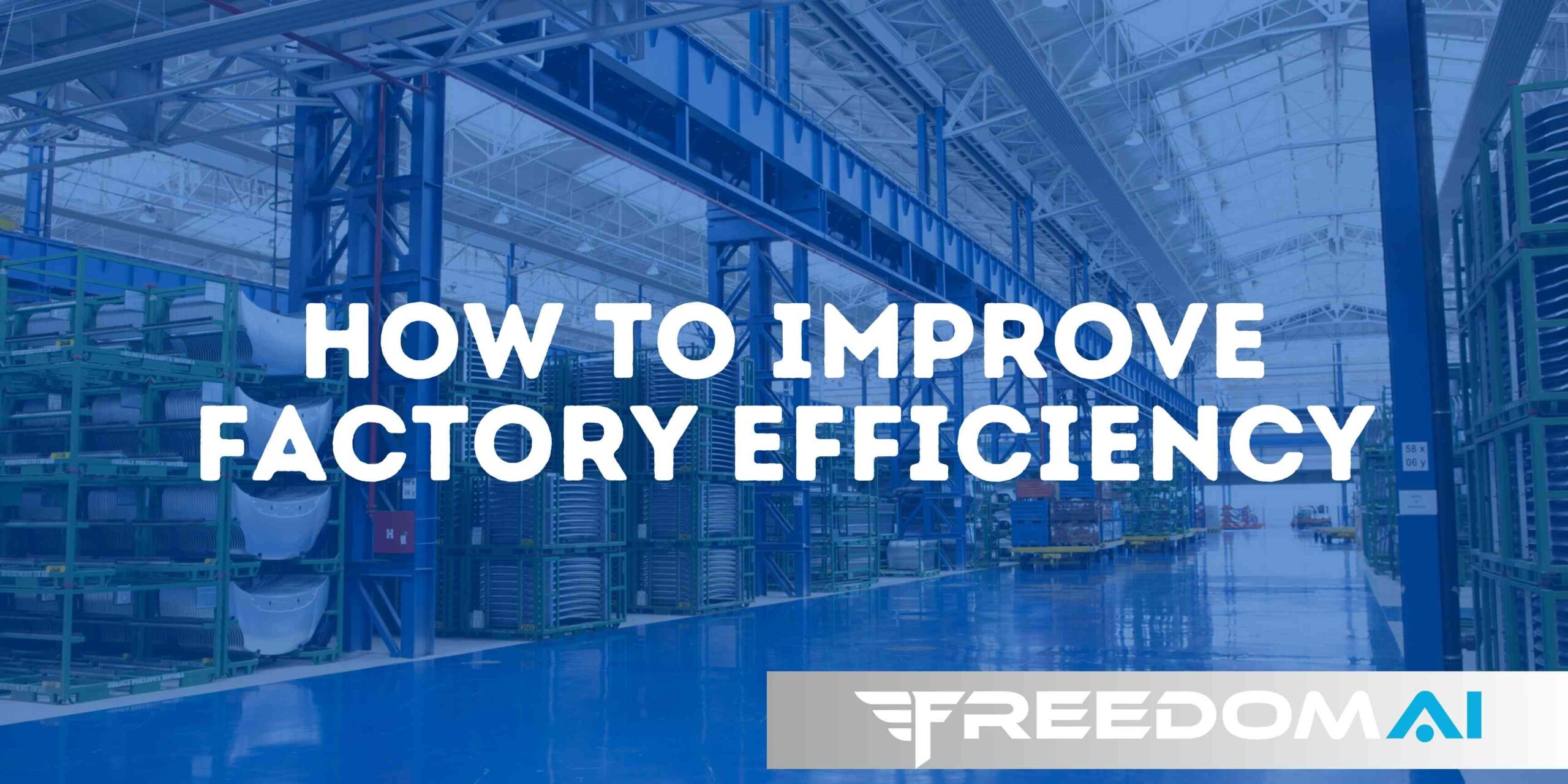Introduction
Improving factory efficiency means producing more with less—less downtime, waste, and cost—while maintaining quality. Plant managers and engineers can achieve this through better processes, data-driven insights, and smart technology integration.
Step-by-Step: How to Improve Factory Efficiency
- Analyze Current Performance
- Measure Overall Equipment Effectiveness (OEE).
- Identify bottlenecks, downtime causes, and waste.
- Implement Lean Manufacturing Principles
- Reduce unnecessary steps in production.
- Standardize processes and workflows.
- Adopt Real-Time Machine Monitoring
- Use sensors to track machine uptime, output, and energy use.
- Get alerts before failures occur.
- Optimize Workforce Productivity
- Train operators on best practices.
- Ensure clear communication between shifts.
- Automate Where Possible
- Deploy robotics or automated inspection systems.
- Use predictive maintenance instead of reactive repairs.
- Integrate IT/OT Systems
- Connect ERP, MES, and IoT platforms for seamless data flow.
- Enable analytics dashboards for decision-makers.
- Continuously Improve
- Conduct regular performance reviews.
- Encourage operator feedback to refine processes.
Benefits of Improving Factory Efficiency
- Higher Productivity: More output without adding new equipment.
- Reduced Costs: Lower energy, maintenance, and labor waste.
- Better Quality: Consistency improves with data-driven control.
- Faster Decisions: Real-time monitoring means quicker fixes.
Challenges to Consider
- Upfront Investment: Automation and IoT sensors require capital.
- Change Management: Employee adoption and training are critical.
- Integration Issues: Connecting legacy systems to modern tech may take time.
The Freedom IOT Solution
Freedom IOT helps manufacturers improve efficiency with real-time machine monitoring, predictive analytics, and OEE dashboards. By connecting legacy and modern equipment through universal connectors (MTConnect, OPC UA, Siemens, Fanuc), the platform provides actionable insights that reduce downtime and streamline production.
FAQs: Improving Factory Efficiency
Q1: What is the fastest way to improve factory efficiency?
The fastest way is to identify and eliminate production bottlenecks using real-time monitoring and OEE tracking.
Q2: How do sensors help improve efficiency?
Sensors collect machine data like uptime, speed, and temperature, helping operators act before issues cause downtime.
Q3: Is automation always required to improve efficiency?
No. Efficiency can improve through better scheduling, workforce training, and process standardization without full automation.
Q4: How can predictive maintenance reduce downtime?
Predictive maintenance uses machine data to forecast failures, allowing repairs before breakdowns occur—minimizing costly downtime.
Q5: What industries benefit most from efficiency improvements?
Industries with high-volume production—automotive, packaging, food & beverage, and electronics—see the greatest ROI.





